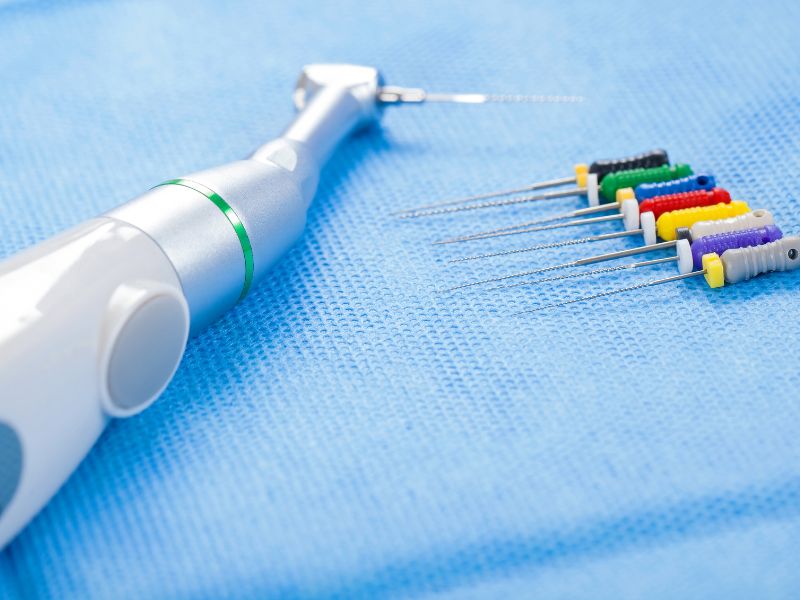
When it comes to saving damaged teeth, endodontic treatments play a crucial role in modern dentistry. Many people think of endodontics solely as “root canals,” but this branch of dentistry encompasses several treatments that help preserve natural teeth and relieve pain. In this guide, we’ll explore the different types of endodontic procedures, their benefits, and how they contribute to overall oral health.
What is Endodontics?
Endodontics is a specialized field of dental treatment focused on the inner structures of the tooth, primarily the dental pulp and root canals. This branch of restorative dentistry aims to address issues related to tooth decay, infection, or injury that impact the pulp (the soft tissue containing nerves and blood vessels inside the tooth).
Endodontic treatments are designed to:
- Relieve pain caused by inflammation or infection of the tooth pulp.
- Remove diseased or damaged tissue inside the tooth.
- Preserve the natural tooth structure and prevent tooth loss.
By opting for endodontic care, patients can retain their natural teeth and avoid the need for more extensive dental restorations, such as bridges or implants.
Exploring Endodontic Treatments: Saving Damaged Teeth
Endodontic treatments encompass several specialized procedures beyond the commonly known root canal, each designed to save damaged teeth under different circumstances.
Root Canal Therapy: The Most Recognized Endodontic Procedure
Root canal therapy is perhaps the most recognized, performed when the pulp inside a tooth becomes inflamed or infected, often due to deep decay, repeated procedures, or a crack. During this treatment, the infected pulp is removed, the canals are thoroughly cleaned, disinfected, and filled with gutta-percha to prevent reinfection, and a crown is usually placed to restore strength and function. This highly effective procedure can relieve pain and, with proper care, allow the tooth to last a lifetime.
Apicoectomy: Addressing Persistent Inflammation
For cases where a standard root canal cannot resolve inflammation or infection at the root tip, an apicoectomy—also known as root-end surgery—may be recommended. This minor surgical procedure involves removing the root tip and infected tissue, followed by a filling to seal the canal. Apicoectomies are often the final effort to save a tooth and help avoid extraction by addressing any persistent inflammation in the surrounding bone.
Pulpotomy and Pulpectomy: Preserving Young Teeth
In situations involving children’s primary teeth or some adult cases, a pulpotomy or pulpectomy may be necessary. A pulpotomy removes only the infected pulp in the crown, leaving the root pulp intact, while a pulpectomy involves the complete removal of pulp tissue from both the crown and roots. These procedures are typically employed to halt infection and preserve the tooth, serving as less invasive alternatives to extraction, particularly for younger patients.
Pulp Therapy for Traumatized Teeth
Traumatized teeth may require pulp therapy to address damaged pulp resulting from accidents or impact. Depending on the severity, this can involve a partial pulpotomy to remove a portion of the damaged pulp or a full pulpotomy or pulpectomy to fully protect the tooth and avoid future complications. Early intervention in these cases is essential, as it helps prevent issues like infection, discoloration, or tooth loss.
Considering Endodontic Care?
If you’re experiencing symptoms of a damaged or infected tooth, consult with our team at North Shore Smile. We’re here to help you understand your treatment options and work towards preserving your natural smile. Contact us today to schedule a consultation and take the first step towards lasting dental health!
